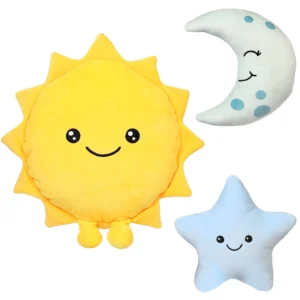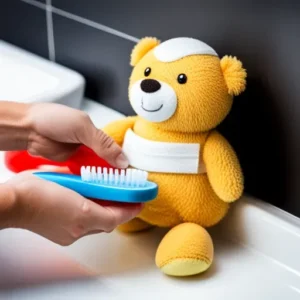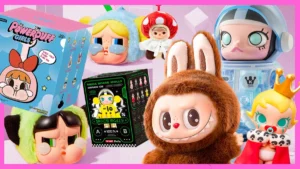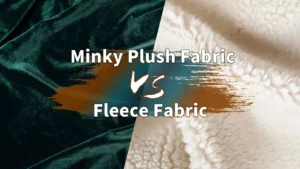Imagine coming home after a long day to find your dog happily nibbling on their favorite stuffed toy, tail wagging and eyes full of joy. But have you ever wondered why dogs are so drawn to nibbling on these plush companions? This seemingly simple behavior actually reveals a lot about their instincts, emotions, and health. Understanding why dogs nibble on stuffed toys can deepen your bond and help you make better choices for their wellbeing.
In short, dogs nibble on stuffed toys primarily due to natural chewing instincts, emotional comfort, play stimulation, and dental health benefits. This behavior fulfills physical and psychological needs, making stuffed toys essential companions for many dogs. Keep reading to explore the fascinating reasons behind this behavior, learn which toys are safest, and discover how to nurture healthy chewing habits.
Picture a young puppy clutching a soft plush bear as a source of comfort when left alone, or an older dog chewing contentedly after a walk to relax its jaw muscles — the stories behind these moments are more than just cute, they are clues to a dog’s inner world.
1. What Are the Main Reasons Dogs Nibble on Stuffed Toys?

Dogs nibble on stuffed toys due to natural instincts to chew, seek emotional comfort, relieve stress, and engage in playful behaviors.
the Reasons Dogs Nibble Stuffed Toys
Instinctual Chewing Drives
Chewing is a natural, evolutionary behavior for dogs. Descended from wolves, dogs use chewing to explore their environment, strengthen jaws, and keep teeth clean. Puppies especially chew to soothe teething pain.
Emotional Comfort and Stress Relief
Stuffed toys often serve as comfort objects, reducing anxiety and offering a sense of security during stressful times such as separation from owners or loud noises.
Play and Entertainment
Nibbling is also a form of play. Toys provide mental stimulation and keep dogs entertained, helping to prevent destructive behaviors caused by boredom.
Behavioral Differences in Individual Dogs
Not every dog nibbles for the same reasons. Personality, past experiences, and breed traits influence why and how much a dog engages in nibbling.
The Rescue Dog’s Attachment
A rescue dog may develop a strong bond with a stuffed toy as a coping mechanism, showing more intense nibbling behaviors than a confident, well-adjusted dog.
| Reason Category | Description | Example/Notes |
|---|---|---|
| Instinctual Chewing Drives | Natural evolutionary behavior; chewing explores environment, strengthens jaws, cleans teeth. | Puppies chew to soothe teething pain. |
| Emotional Comfort and Stress Relief | Stuffed toys act as comfort objects, reduce anxiety, and provide security during stress. | Helps during separation or loud noises. |
| Play and Entertainment | Nibbling is a form of play that stimulates mentally and prevents boredom. | Keeps dogs entertained and avoids destructive behavior. |
| Behavioral Differences | Personality, past experiences, and breed traits influence nibbling frequency and reasons. | Varies greatly among individual dogs. |
| Case Example: Rescue Dog’s Attachment | Rescue dogs may form strong bonds with toys as coping mechanisms, with intense nibbling behavior. | More intense than well-adjusted dogs. |
2. How Does Nibbling on Stuffed Toys Affect a Dog’s Mental and Physical Health?
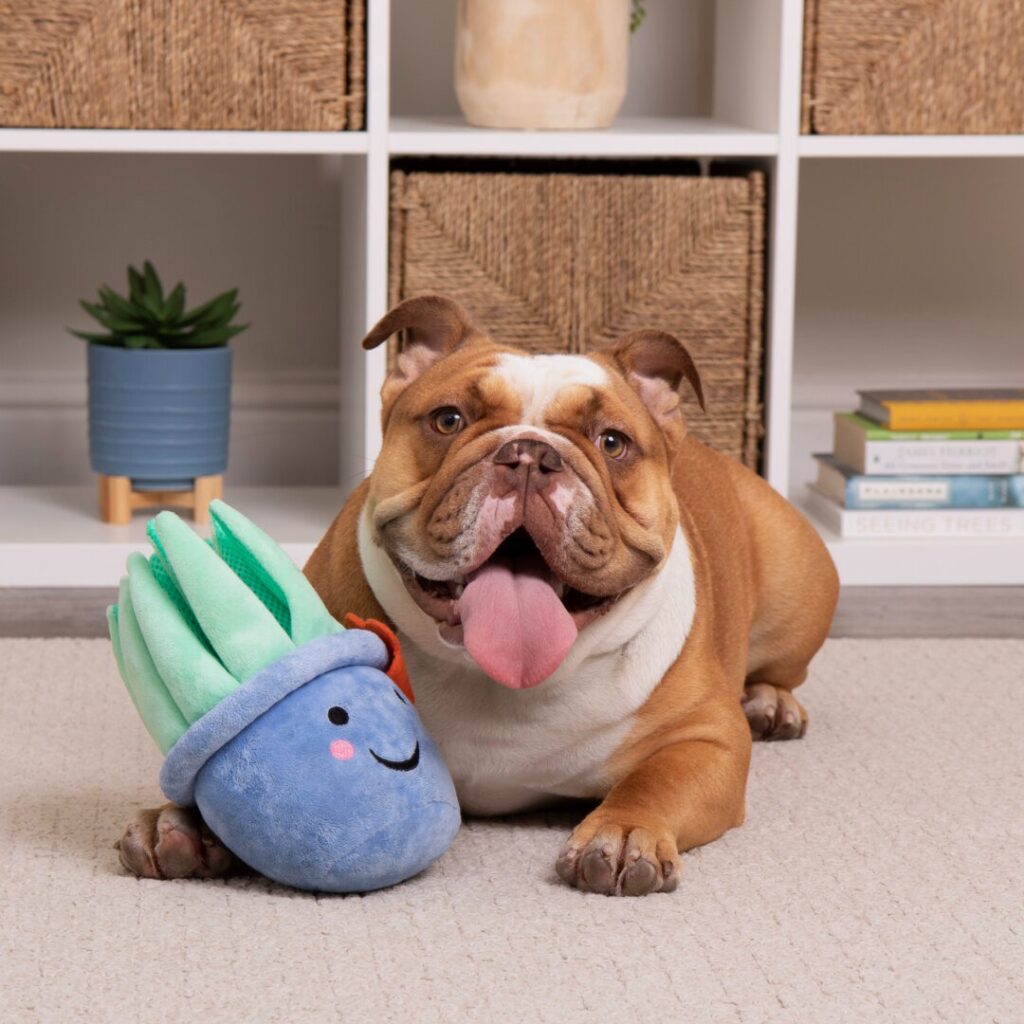
Nibbling on stuffed toys benefits dogs by promoting dental health, reducing anxiety, and preventing boredom, but excessive chewing can cause problems.
Impact of Nibbling on Dog Health
Dental Health Benefits
Chewing helps clean teeth, reduce plaque buildup, and exercise jaw muscles. Safe stuffed toys can contribute positively to oral hygiene.
Psychological Effects: Anxiety and Boredom
Nibbling offers emotional release and distraction, especially during periods of separation anxiety or inactivity.
Risks of Excessive or Destructive Chewing
If nibbling turns into destructive chewing, it can lead to ingestion of harmful materials or dental damage.
Monitoring and Moderation
Owners should observe chewing habits to ensure they remain healthy and not obsessive or harmful.
| Aspect | Description | Notes |
|---|---|---|
| Dental Health Benefits | Chewing cleans teeth, reduces plaque, and exercises jaw muscles. | Safe stuffed toys support oral hygiene. |
| Psychological Effects | Nibbling provides emotional release and distraction during anxiety or inactivity. | Helps reduce separation anxiety and boredom. |
| Risks of Excessive Chewing | Destructive chewing can cause ingestion of harmful materials or damage teeth. | Monitoring is necessary to prevent harm. |
| Monitoring and Moderation | Owners should watch chewing behavior to ensure it remains healthy, not obsessive or harmful. | Early intervention promotes safe habits. |
3. Which Types of Stuffed Toys Are Most Suitable for Dogs That Like to Nibble?
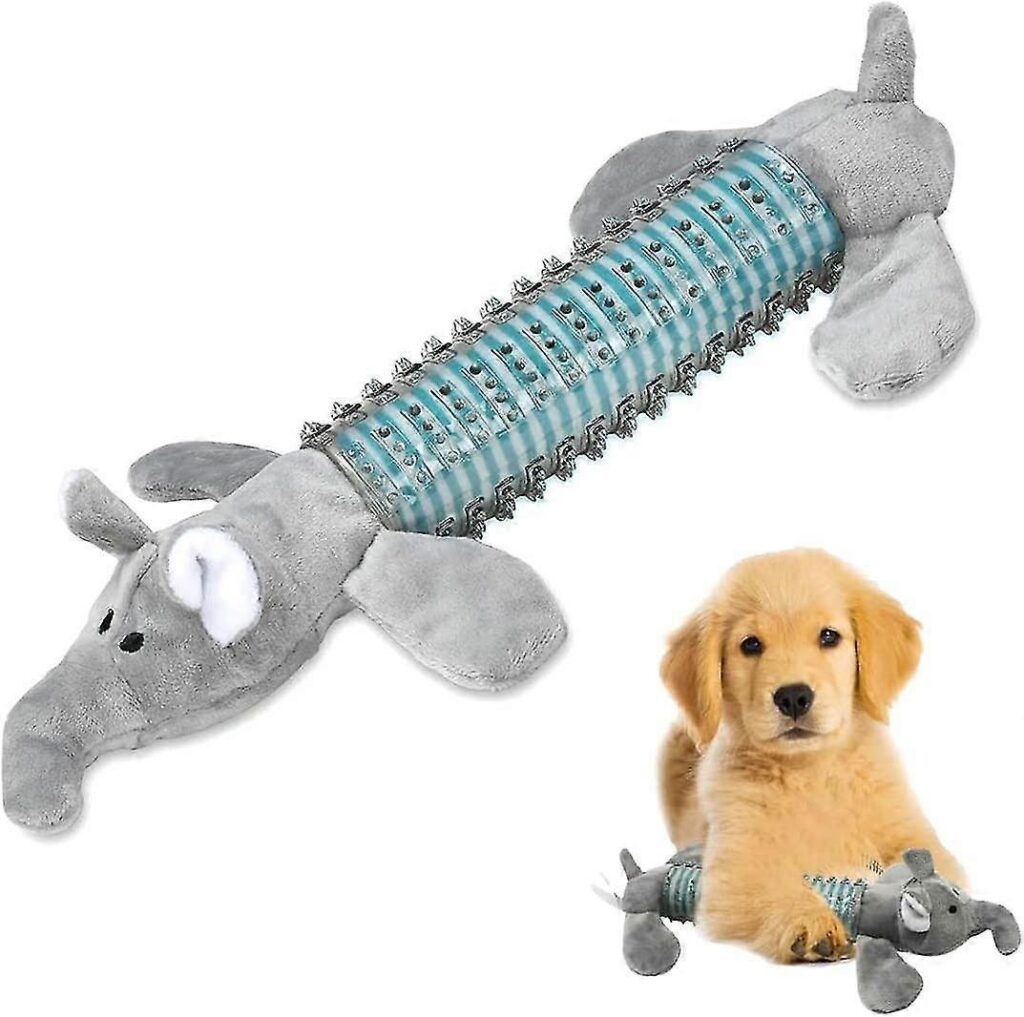
Durable, non-toxic, and chew-resistant stuffed toys with safe stuffing materials are ideal for dogs who love to nibble.
Choosing the Right Stuffed Toys for Nibblers
Material Durability
Look for reinforced seams, tough fabrics like ballistic nylon blends, or tightly woven plush that withstand nibbling.
Safe and Non-Toxic Fillings
Avoid beads or foam that can cause choking; opt for polyester fiberfill or natural cotton stuffing.
Size and Design Considerations
Choose toys sized appropriately to prevent swallowing and with minimal detachable parts.
Popular Expert-Recommended Toy Brands
Brands like Kong, ZippyPaws, and Outward Hound offer plush toys designed specifically for nibblers.
Eco-Friendly and Sustainable Options
Consider toys made from recycled materials or organic fabrics to align with sustainability goals.
| Criteria | Description | Examples / Notes |
|---|---|---|
| Material Durability | Reinforced seams, tough fabrics like ballistic nylon blends or tightly woven plush. | Built to withstand nibbling and chewing. |
| Safe and Non-Toxic Fillings | Avoid beads or foam (choking hazards); use polyester fiberfill or natural cotton stuffing. | Ensures safety during play and nibbling. |
| Size and Design Considerations | Appropriately sized toys with minimal detachable parts to prevent swallowing risks. | Enhances safety and durability. |
| Expert-Recommended Brands | Kong, ZippyPaws, Outward Hound—brands specializing in chew-resistant plush toys. | Trusted by dog owners and professionals. |
| Eco-Friendly & Sustainable | Toys made from recycled materials or organic fabrics to support environmental goals. | Aligns with sustainability and eco-conscious buyers. |
4. Do Dogs Develop Emotional Attachments to Stuffed Toys?

Yes, many dogs form strong emotional bonds with their stuffed toys, treating them as comfort objects or companions.
Emotional Attachment and Its Implications
Attachment Behavior in Dogs
Dogs often carry, cuddle, or guard their favorite toys, similar to children with comfort blankets.
Role in Separation Anxiety
Stuffed toys can ease loneliness when owners are away, reducing destructive behaviors.
Recognizing Emotional Bonds
Signs include excessive guarding of the toy, seeking it out for comfort, and distressed behavior when the toy is missing.
Potential Downsides
Over-attachment might lead to distress if the toy is lost or damaged, requiring owner support and alternative coping strategies.
| Topic | Description | Notes/Examples |
|---|---|---|
| Attachment Behavior in Dogs | Dogs carry, cuddle, or guard favorite toys much like children with comfort objects. | Indicates emotional bonding with toys. |
| Role in Separation Anxiety | Stuffed toys help ease loneliness and reduce destructive behavior when owners are absent. | Provides comfort and reduces stress. |
| Recognizing Emotional Bonds | Signs include guarding the toy, seeking comfort from it, and distress if the toy is missing. | Demonstrates strong attachment to the toy. |
| Potential Downsides | Over-attachment may cause distress if the toy is lost or damaged, needing owner intervention. | Owners should provide alternative coping tools. |
5. How Can Owners Encourage Safe and Healthy Chewing Habits?
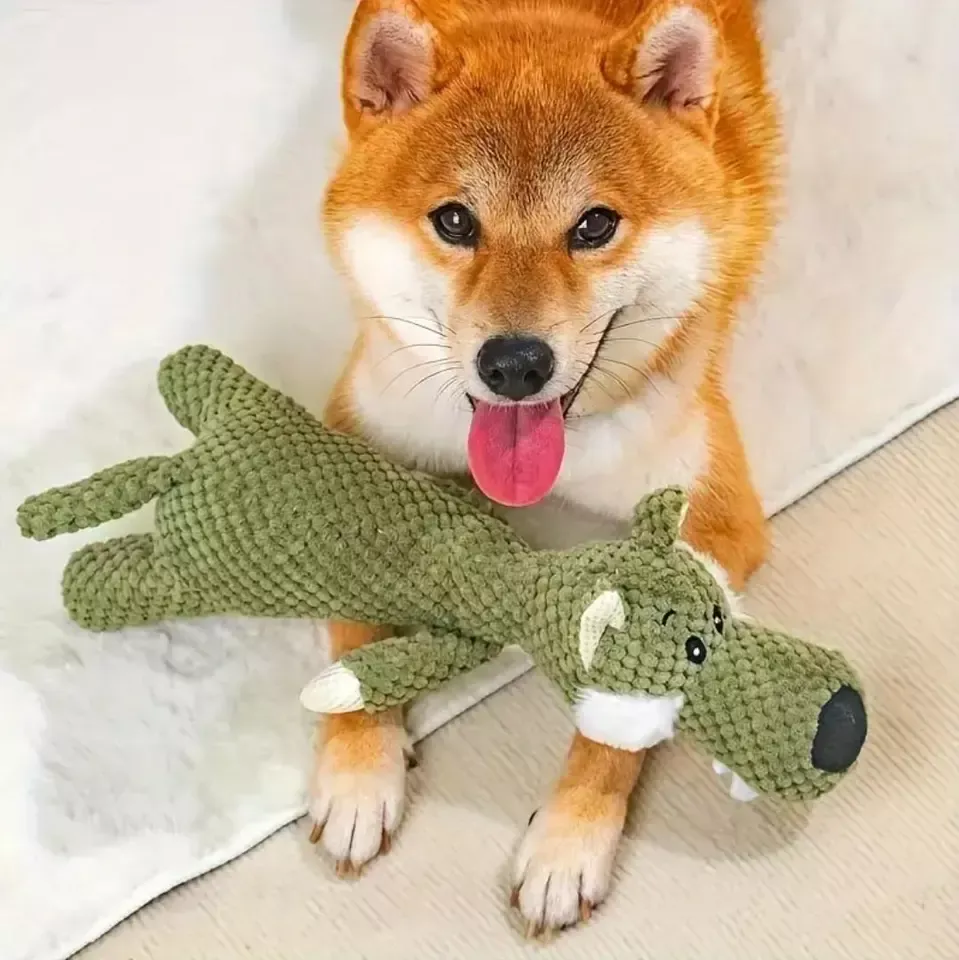
Owners can promote healthy nibbling by providing appropriate toys, training gently, and rotating toys to maintain interest.
Managing Dog Chewing Behavior
Positive Reinforcement Training
Reward dogs when they chew their toys, not household items.
Regular Toy Rotation
Switch toys periodically to keep them novel and engaging.
Setting Boundaries
Teach commands like “leave it” to prevent destructive chewing.
Supervision and Intervention
Monitor playtime and replace damaged toys promptly to avoid ingestion hazards.
Consulting Professionals
Behaviorists or trainers can help with obsessive or problematic chewing.
| Strategy | Description | Notes/Examples |
|---|---|---|
| Positive Reinforcement Training | Reward dogs for chewing appropriate toys instead of household items. | Encourages good chewing habits. |
| Regular Toy Rotation | Switch toys periodically to maintain novelty and keep dogs engaged. | Prevents boredom and reduces destructive chewing. |
| Setting Boundaries | Teach commands like “leave it” to discourage destructive chewing behavior. | Helps control unwanted nibbling. |
| Supervision and Intervention | Monitor playtime and replace damaged toys quickly to avoid ingestion hazards. | Ensures safety during chewing sessions. |
| Consulting Professionals | Seek help from trainers or behaviorists for obsessive or problematic chewing. | Provides expert guidance and tailored solutions. |
6. Are There Differences in Nibbling Behavior Among Dog Breeds or Ages?
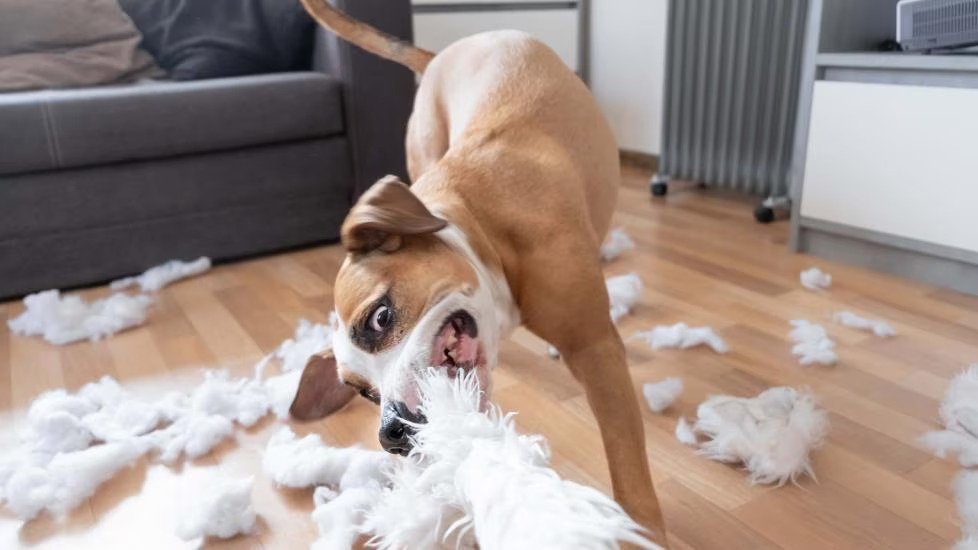
Yes, breed tendencies and age stages influence how and why dogs nibble on stuffed toys.
Breed and Age Influences on Nibbling
Puppy Nibbling and Teething
Puppies chew more aggressively to relieve teething discomfort.
Breed-Specific Chewing Tendencies
Working breeds like Border Collies or Terriers often exhibit higher chewing drive.
Senior Dogs and Chewing
Older dogs may chew less but still enjoy soft toys for comfort.
Tailoring Toy Choices
Select toys based on age and breed to optimize safety and satisfaction.
| Factor | Description | Notes/Examples |
|---|---|---|
| Puppy Nibbling and Teething | Puppies chew aggressively to soothe teething pain. | Expect increased nibbling during puppyhood. |
| Breed-Specific Tendencies | Working breeds like Border Collies and Terriers have higher chewing drives. | Breed influences nibbling intensity and frequency. |
| Senior Dogs and Chewing | Older dogs chew less but still enjoy soft toys for comfort. | Chewing becomes gentler but remains comforting. |
| Tailoring Toy Choices | Choose toys suited to dog’s age and breed for safety and enjoyment. | Customizing toy selection improves satisfaction. |
Conclusion
Understanding why dogs nibble on stuffed toys helps owners provide better care, select the right toys, and foster emotional wellbeing. At Kinwin, we specialize in creating durable, eco-friendly, and innovative plush toys designed specifically for pets’ needs. Whether you’re a breeder, retailer, or pet owner seeking custom solutions, contact Kinwin today to inquire about personalized plush toy manufacturing and elevate your dog toy offerings with trusted quality and sustainability.




